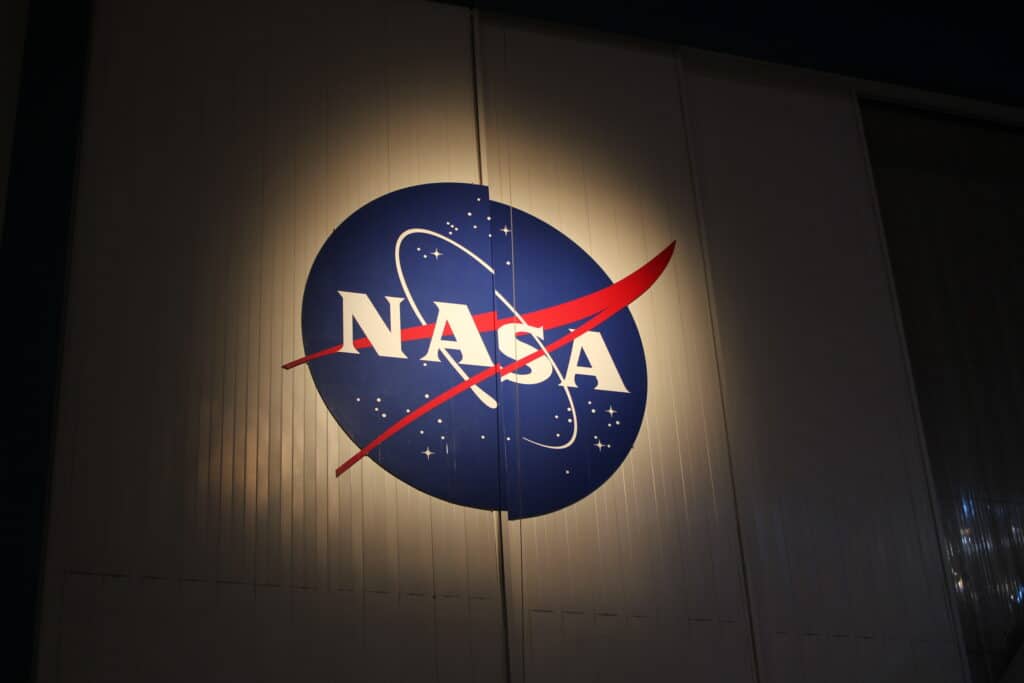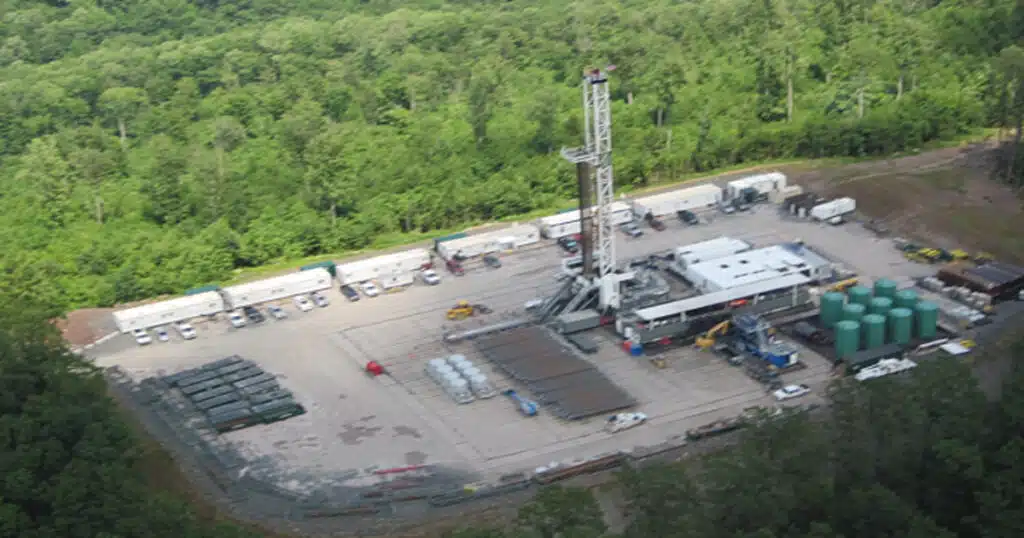
These Three NASA Programs Bleed Taxpayer Money
A new report says — surprise — certain NASA programs spend far more money than they originally budget, but, if there is any bright side, recent cost overruns decreased from $12 billion to $7.6 billion.
That’s not much of a bright side, is it?
The U.S. Government Accountability Office (GAO) published the report late last month. The GAO assessed 16 of NASA’s current major projects. The agency defines major projects as those that cost more than $250 million.
RELATED: Taxpayer-Funded Broadband Uncoordinated, Mismanaged
“Overall, since 2022, eight of the 16 major projects experienced some cost or schedule growth, with cost overruns totaling $637.3 million and schedule delays ranging from five months to over a year,” according to the GAO report.
Projects with major cost overruns include:
• Exploration Ground Systems (EGS), which develop and operate the systems and facilities necessary to process and launch rockets and spacecraft during assembly, transport and launch.
• Space Launch System (SLS), which NASA calls “the most powerful rocket we’ve ever built.” The agency says SLS will transport astronauts far into the solar system.
• NASA-ISRO Synthetic Aperture Radar (NISAR), which NASA describes as radar imaging that will observe and take measurements of some of the earth’s ecosystem disturbances, including earthquakes, tsunamis, volcanoes, and landslides.
Cost overruns decreased since 2022 because NASA launched the James Webb Space Telescope (JWST). That project’s $4.5 billion in overruns from prior years are no longer part of the agency’s portfolio, the GAO said.
JWST, according to NASA’s website, is a large infrared telescope with a 6.5-meter primary mirror. NASA administrators say it will study every phase in the history of the universe. This week, JWST captured images of water emissions on Saturn’s moon Enceladus.
IN THE NEWS: Is Stand by Me the Greatest Pro-Gun Film Ever?
According to the GAO, NASA projects trigger a Congressional notification when they’re likely to exceed their development cost baselines by 15 percent. Congress must reauthorize projects that exceed development cost baselines by more than 30 percent.
“Eleven of the 16 projects exceeded the notification thresholds,” the GAO said.
“Of these 11, five also exceeded the reauthorization threshold. These 11 projects represent about $7.5 billion in cost overruns, which puts pressure on the rest of NASA’s portfolio.”
NASA plans to invest more $83 billion to explore the earth, the moon and the solar system.
Send story tips and other story suggestions to [email protected]



